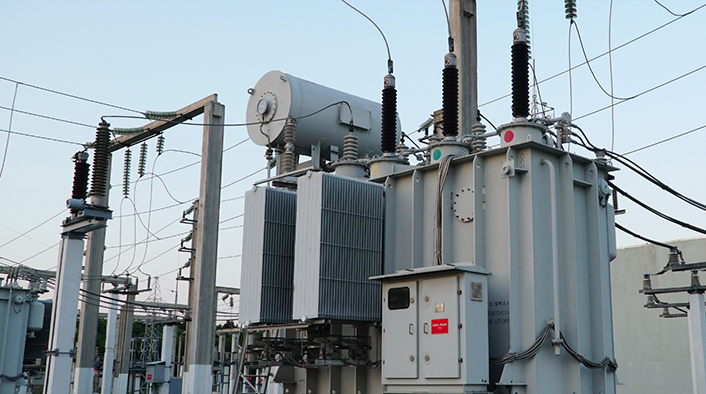
Electrical
The Electrical & Power industry is fundamental to modern society, supplying the electricity required to power homes, businesses, and essential services. This industry encompasses the entire lifecycle of electricity, including generation, transmission, and distribution. OT plays a critical role in managing and optimizing these processes, ensuring the reliability, efficiency, and safety of electrical systems. As the industry increasingly integrates digital technologies and smart grid solutions, it becomes more vulnerable to cyber threats. Effective OT cybersecurity measures are therefore essential to protect against potential disruptions, safeguard critical infrastructure, and ensure the continuous supply of electricity. Compliance with industry standards and frameworks such as ISA/IEC 62443, NIST 800, NERC CIP, and others is vital for maintaining a robust cybersecurity posture.
Power Generation
The power transmission sector is responsible for transporting electricity from generation facilities to distribution networks via high-voltage transmission lines. This sector employs OT systems like Energy Management Systems (EMS), Phasor Measurement Units (PMUs), and SCADA systems to monitor and control the flow of electricity over long distances. Ensuring cybersecurity in power transmission is vital to prevent disruptions that could impact large geographic areas and critical infrastructures. Implementing standards such as ISA/IEC 62443, NIST Cybersecurity Framework (CSF), and NERC CIP helps transmission operators to identify vulnerabilities, manage risks, and respond effectively to cyber incidents. These frameworks offer comprehensive approaches to securing transmission assets, including continuous monitoring, access control, and incident response planning.


Power Transmission
The power transmission sector is responsible for transporting electricity from generation facilities to distribution networks via high-voltage transmission lines. This sector employs OT systems like Energy Management Systems (EMS), Phasor Measurement Units (PMUs), and SCADA systems to monitor and control the flow of electricity over long distances. Ensuring cybersecurity in power transmission is vital to prevent disruptions that could impact large geographic areas and critical infrastructures. Implementing standards such as ISA/IEC 62443, NIST Cybersecurity Framework (CSF), and NERC CIP helps transmission operators to identify vulnerabilities, manage risks, and respond effectively to cyber incidents. These frameworks offer comprehensive approaches to securing transmission assets, including continuous monitoring, access control, and incident response planning.
Power Distribution
Power distribution involves the delivery of electricity from transmission systems to end-users, including residential, commercial, and industrial consumers. This sector utilizes OT systems such as Advanced Metering Infrastructure (AMI), Distribution Management Systems (DMS), and SCADA systems to ensure the efficient and reliable distribution of electricity. Cybersecurity in power distribution is critical to protect against threats that could disrupt supply, affect customer service, and compromise safety. Standards like ISA/IEC 62443, NIST SP 800-53, and the Cybersecurity Capability Maturity Model (C2M2) provide guidelines for establishing robust security practices. These standards help distribution operators to secure their networks, protect sensitive data, and develop resilient systems capable of withstanding cyber-attacks. By following these guidelines, power distribution entities can ensure the continuous and safe delivery of electricity to their customers.


 Oil & Gas
Oil & Gas